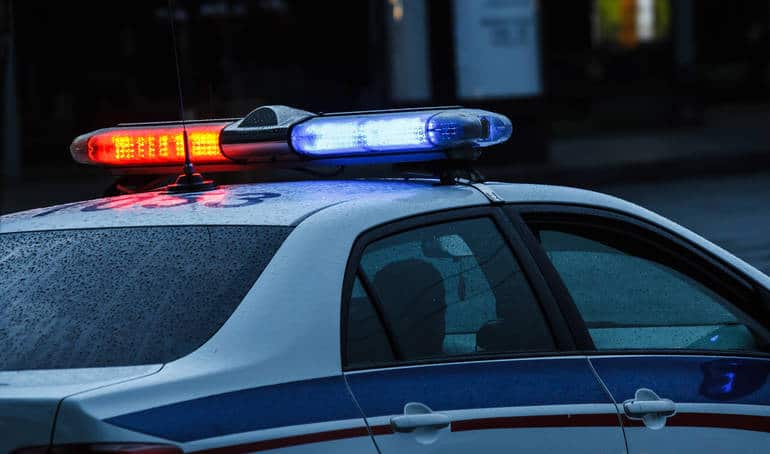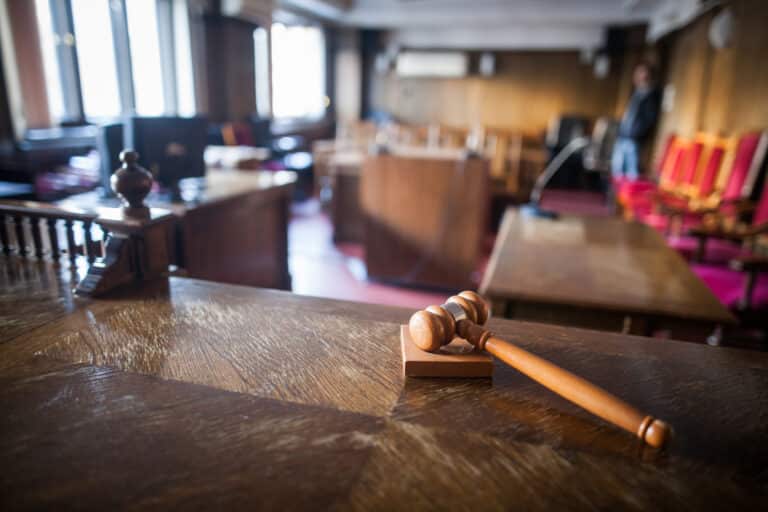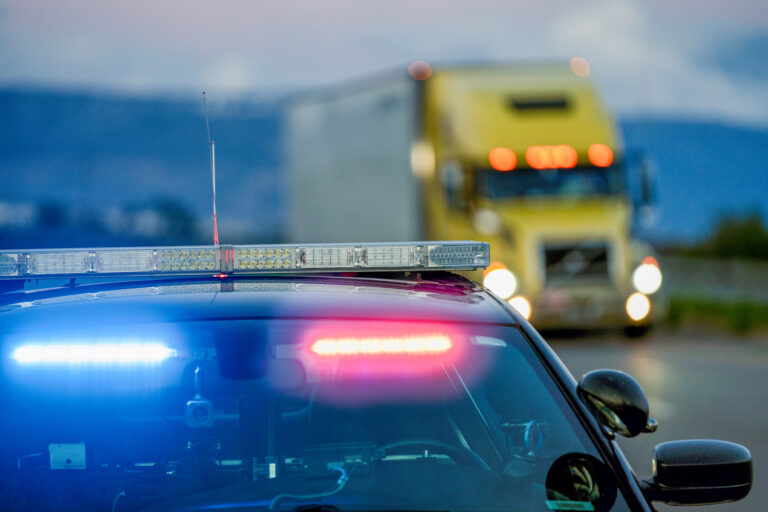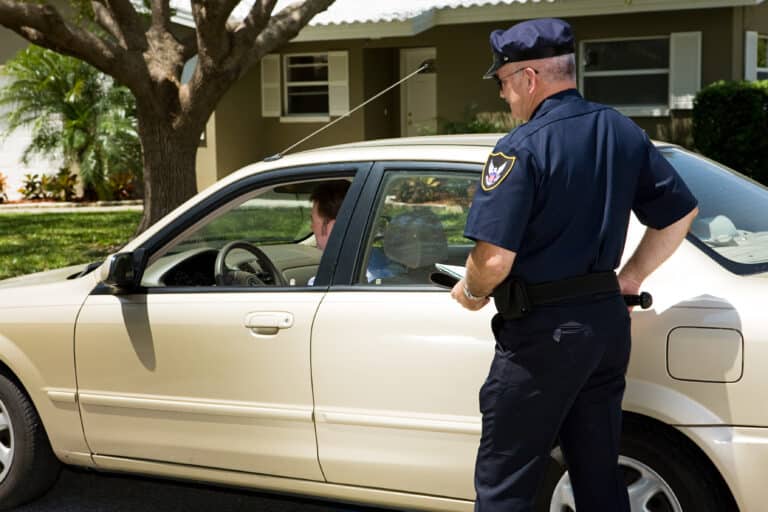Although not very common, there are situations that lead to police pursuits. Some even wind up being televised from news helicopters tracking the chases on highways or through local neighborhoods. Among the more famous is the lengthy low-speed pursuit of former NFL player and actor, O.J. Simpson, who was a suspect in the murder of his wife, Nicole, and her friend. Viewers watched as Simpson’s white Ford Bronco was trailed by several police vehicles on a California interstate. Unfortunately, in most cases, such pursuits are not done at a low rate of speed.
Police chases typically wind up involving excessive speeding. Whoever is behind the wheel of the vehicle being pursued by law enforcement is trying to avoid capture. They may be guilty of an offense, scared, and/or just acting irrationally (perhaps due to the influence of drugs or alcohol). Whatever the reason, pursuits usually don’t end well so it’s best to avoid trying to flee from the police.
The Risks and Dangers
Because of the high rates of speed involved in police pursuits, they often end in accidents that can cause serious injuries – even fatalities – to the driver, passengers, innocent bystanders, and officers. In fact, over a ten-year period an average of 355 people (about 1 per day) were killed annually in pursuit-related crashes, according to data from the federal Bureau of Justice Statistics.
Yet another concern for police is whether or not any hospitals or schools are located in the area. We certainly don’t want to end up with people driving recklessly though such locations because they don’t want to be caught. It’s not worth the risk for anyone.
Extensive property damage is another possible outcome. Costs can run into the tens of thousands or even hundreds of thousands of dollars.
In short, the outcome of a chase may be catastrophic. That’s why police officers weigh several factors when deciding whether or not it makes sense to engage in a high-speed vehicle pursuit. Drivers should also be mindful of all of these potential consequences.
Reasons for a Pursuit
Policies exist for when and how officers can use this policing tactic. The Bureau of Justice Statistics notes that “[a]ll state police and highway patrol agencies and nearly all local police departments (97%) and sheriffs' offices (96%) have a written vehicle pursuit policy.” Among the considerations an officer will think about are:
- the severity of the suspected offense,
- weather,
- road conditions, and
- risks to themselves and others.
Every situation is different, but following a vehicle so as not to lose sight of it is common for more severe offenses like assault, robbery, kidnapping, rape, and leaving the scene of an accident that caused damage or injury. If we get information regarding terrorist activities about to happen, we may tail a vehicle in a way that would not raise alarm or detection. A pursuit isn’t necessary for minor offenses. We also won’t go after a fleeing vehicle if the area is full of people outside on the streets and sidewalks.
Even if we do start a police pursuit, we may decide to end it before capture if the risks outweigh the potential benefits. We don’t want anyone to get hurt – not the suspect, others, or us.
What We Can and Can’t Do
Policies limit how many police vehicles can participate in a chase, as well as tactics we can use. If there is a situation where police action is needed to save a life or danger exists to other motorists, then the officer has a responsibility to stop the offender, using tactics such as boxing in, ramming, or pit maneuver.
When a fleeing vehicle is surrounded by police vehicles, this is known as boxing in. Ramming refers to hitting the suspect’s vehicle to damage it or force it off the road. Yet another tactic, called a pit maneuver, is when law enforcement personnel force a vehicle to abruptly turn 180 degrees, causing it to stall out. This is only attempted when all vehicles involved are traveling at low speeds, typically below 35 mph, and is only used by highly trained highway police and state troopers.
We may also attempt to end a chase by setting up spike strips, which have metal spikes pointing upward. When they are set up across a road, they will puncture the tires of any vehicle that drives over them. Lastly, police may set up a roadblock, but this tactic is only used as a last resort for extreme circumstances.
My Advice
As you can see, not all situations call for vehicle pursuits, and even when they do, there are strict policies in place that must be followed. The best advice that I can give is to simply pull over when police hit their lights behind you, and once pulled over, stay there. Don’t think that you can flee from the reason for being pulled over in the first place. Even if we don’t chase you if you take off, you will still be identified and charged – not only for the original offense, but also for additional, more serious ones, such as leaving the scene of an accident, non-compliance, eluding, resisting arrest, or obstruction.





